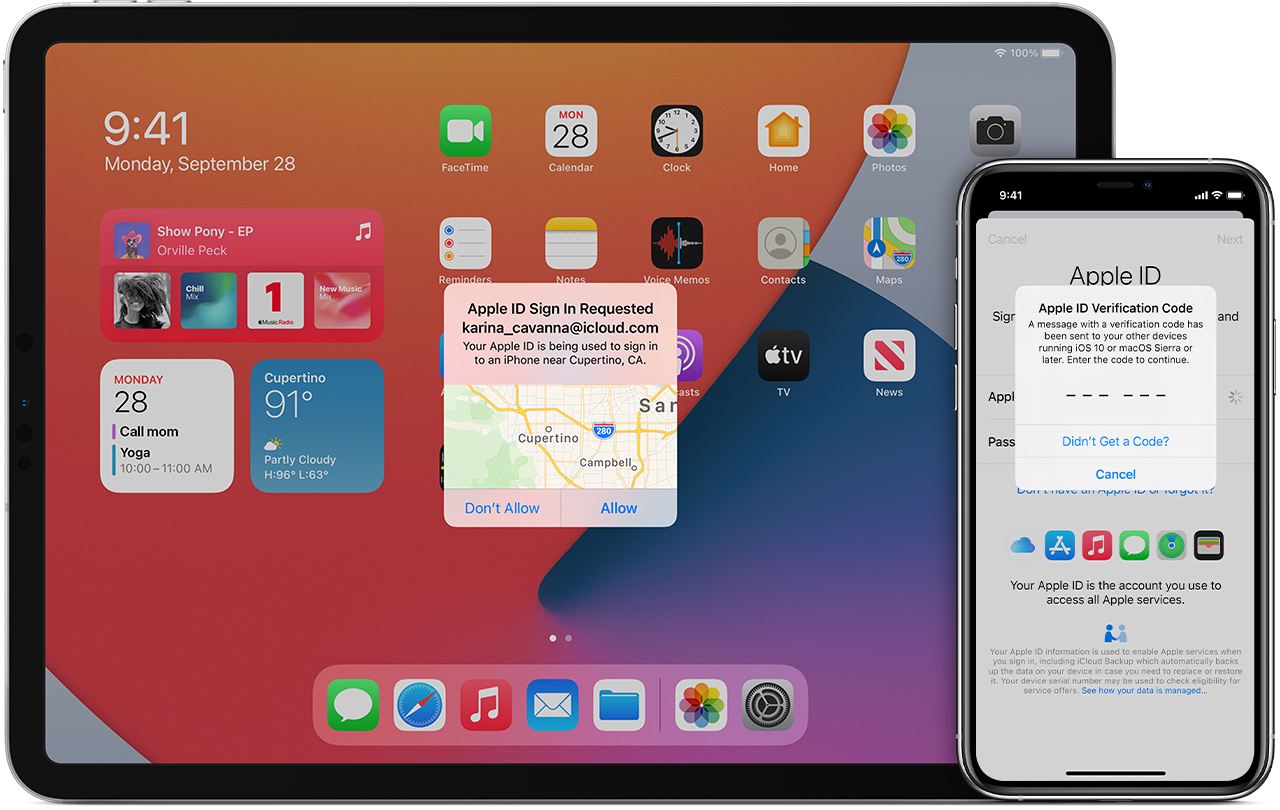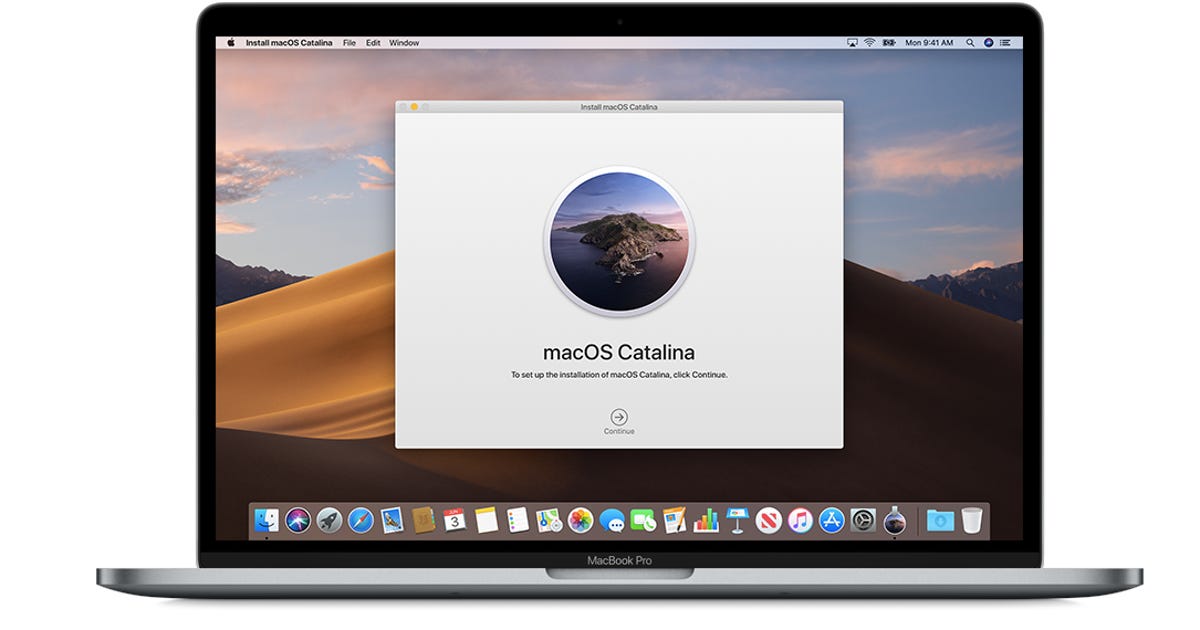
- #HOW CAN YOU GET OS X 11.3 FOR YOUR MACBOOK PRO MAC OS X#
- #HOW CAN YOU GET OS X 11.3 FOR YOUR MACBOOK PRO UPDATE#
- #HOW CAN YOU GET OS X 11.3 FOR YOUR MACBOOK PRO PATCH#
#HOW CAN YOU GET OS X 11.3 FOR YOUR MACBOOK PRO UPDATE#
The largest (non-combo, non-main OS release) update was 10.15.1 at 5.3GB. The smallest update was 10.3.1, at only 1.5MB.
#HOW CAN YOU GET OS X 11.3 FOR YOUR MACBOOK PRO MAC OS X#
(Tecnically, it's actually the 192 day interval between the Mac OS X Public Beta and version 10.0, but I'm counting from the official 10.0 release.) The longest time period between any two minor releases is 165 days, which was how long we waited for the 10.4.9 update.The shortest time period between any two releases is six days, which is how quickly the 10.15.5 Supplemental Update 1 came out after the 10.15.5 release.So on average, we've seen some sort of update every 50.1 days. As of September 13th, 2021 (11.6's release date), it's been 7,670 days since the Public Beta was released.This version was only for the then-new PowerMac G5 and the flat panel iMac G4, and was never generally released. This figure includes the one odd macOS X release: 10.2.7. Starting with the Public Beta and up through 11.6, there have been 154 macOS releases, both major and minor.Some random notes, updated from the original post: This has happened a few times over the years. This is to keep the version numbers in the proper order, even when an older OS received an update after a major new release came out. Some entries may appear out of chronological order (i.e. Note: The Days column reflects the number of days between releases. Ⓘ Leopard - First universal binary release Ⓘ Snow Leopard - First Intel-only release Ⓘ Lion - App Store only (USB stick later) But even then, it's not always enough to deter a sophisticated and determined hacker intent on pillaging access to your system.Fixes a launch issue for certain 32-bit apps * This release is not included anywhere on Apple's site.

The advice, as always, is to never download anything from untrusted sources and always ensure your system is up-to-date with the latest OS version.

Like most avenues of attack that deliver adware payloads, the malware was deployed to earn money for crooks through fake clicks and bogus advertisement views.ĭespite the findings from the research, it's still unclear just how many machines were affected overall, and it shows just how quickly hackers can and will capitalize on exploits in the wild to earn money. Jamf's security teams observed the "exploit being used in the wild by a variant of the Shlayer adware dropper." Shlayer, an infamous piece of macOS malware, was the preferred route of attack by cyber-attackers using the zero-day vulnerability. Security firm Jamf Protect reported that the flaw has been actively exploited since January 9, 2021. But in this case the bug has been harnessed by hacklers. It tends to be the case that zero-day flaws are discovered and patched before they're exploited. It's particularly important as the zero-day flaw is actively being exploited. If you use a macOS machine then we suggest you update it as soon as possible. The new macOS Big Sur 11.3 update can be freely downloaded on all eligible Macs using the Software Update section of System Preferences.
#HOW CAN YOU GET OS X 11.3 FOR YOUR MACBOOK PRO PATCH#
Cupertino yesterday (April 26) released macOS Big Sur 11.3 with a patch to squash the bug, along with several other fixes.


 0 kommentar(er)
0 kommentar(er)
